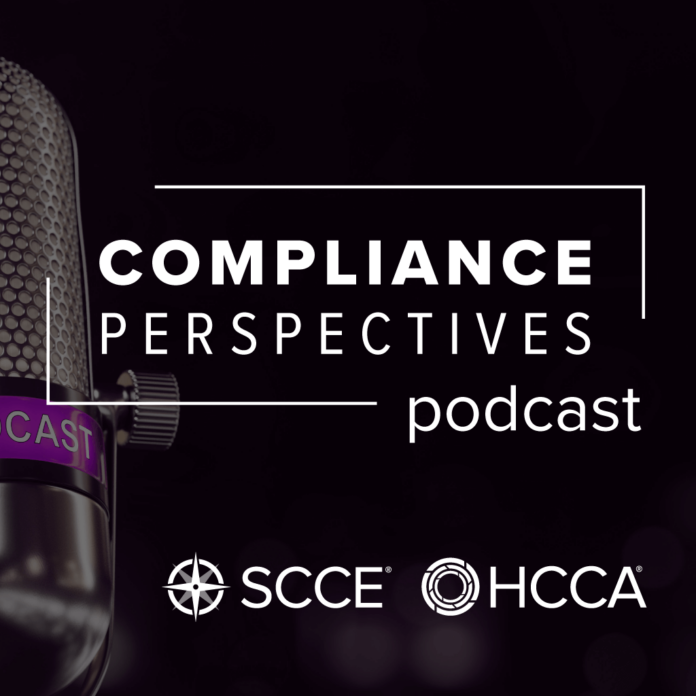Podcast: Play in new window | Download (Duration: 11:11 — 10.3MB)
Subscribe: Apple Podcasts | Email | TuneIn | RSS
By Adam Turteltaub
With increased focus on the board’s oversight of compliance programs by the US Department of Justice and the Delaware Courts, there is a strong case for adding compliance officers to boards of directors, and many compliance professionals have the skills. Few, though, have been able to make the leap.
Haydee Olinger (LinkedIn), Sr. Advisor at Barker Gilmore, and former longtime chief compliance officer at McDonald’s, is one of the few who have. She has now served on the board of two publicly-traded companies.
How did she do it? She was able to find her way onto the first board through a combination of networking, and by virtue of the fact that she had such deep experience in the quick serve restaurant category.
Her journey is a good reminder to compliance professionals that your position doesn’t just mean you have expertise in compliance. You also have expertise in the industry in which you work. The compliance role gives you insight into all the various aspects of the business. It’s an asset not to be downplayed when pursuing board positions.
Despite have worked with boards as a compliance officer, she reports that serving as a board member greeted her with many surprises. For one, board members don’t have the opportunity to settle in and learn the business. They have to hit the ground running and address a wide range of issues, which these days include the lingering impact of covid, supply chain challenges, inflation, labor shortages, IT security and, of course, compliance.
Second, as a board member you have to reorient your thinking away from an executive whose job it is to get things done to a role of strategy and oversight.
That means as a board member you need to stay out of the weeds. One implication for compliance officers meeting with the board: don’t bog it down in detail. Instead focus on corporate risks, their likelihood of occurrence and what is being done to mitigate them.
While in the meeting, listen carefully to board questions to anticipate what they will need for future meetings. Between meetings, build a relationship with the relevant committee chair, board chair and even individual board members. The more interactions you have with them, the easier it will be to anticipate what they will want to know.
Listen in to learn more, and, perhaps, start thinking about how you can make the leap to board membership.

